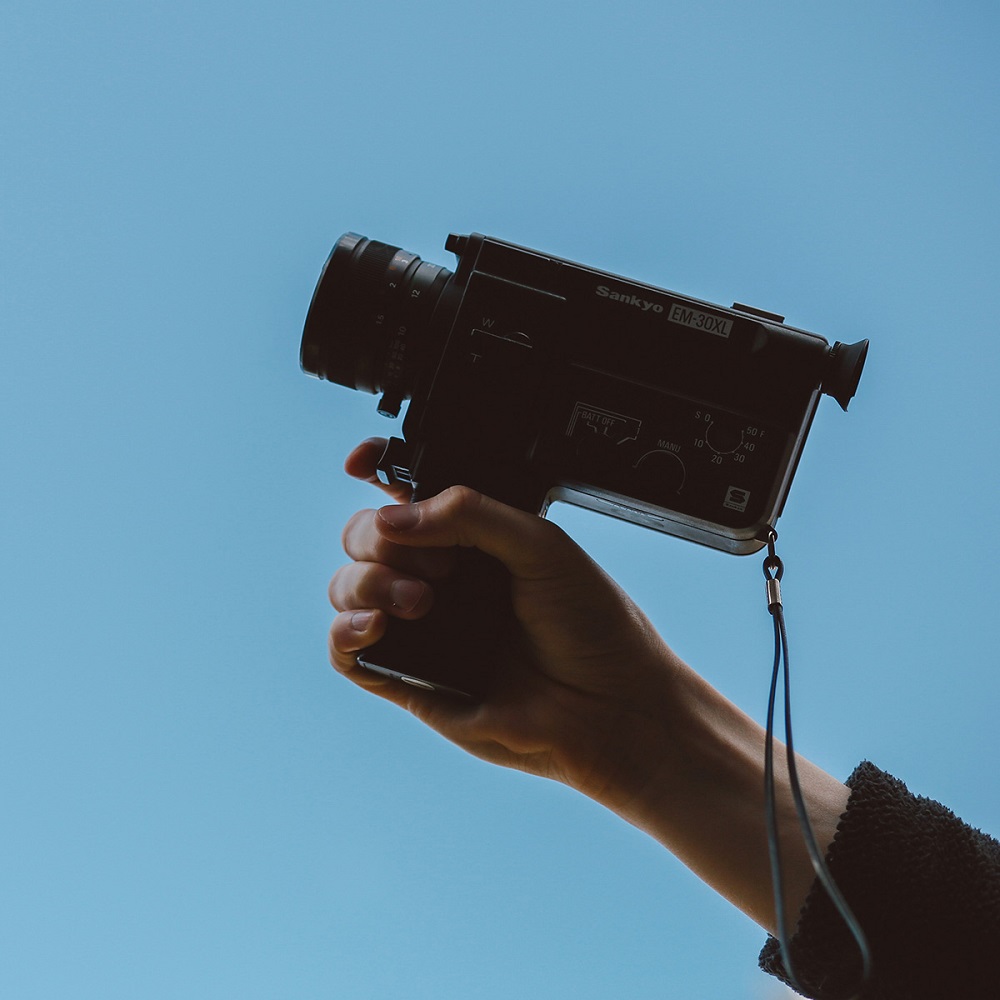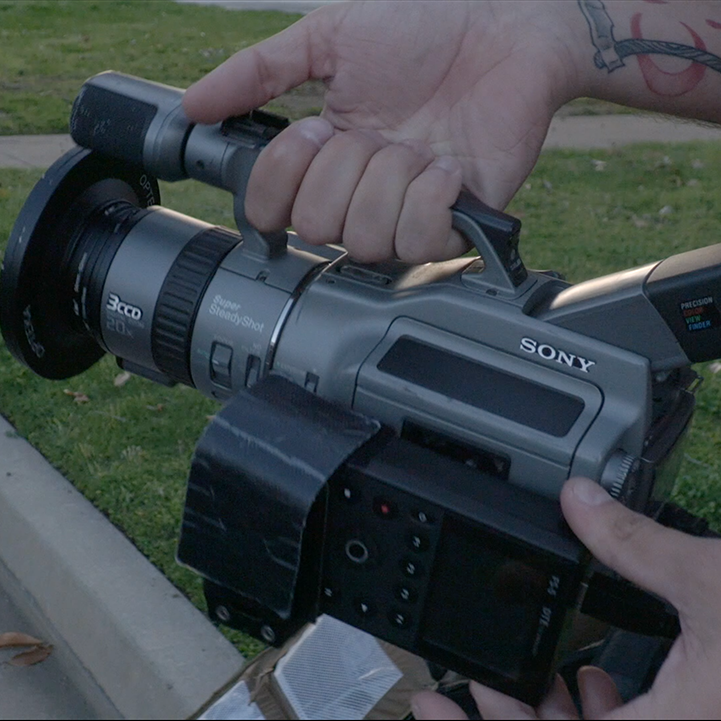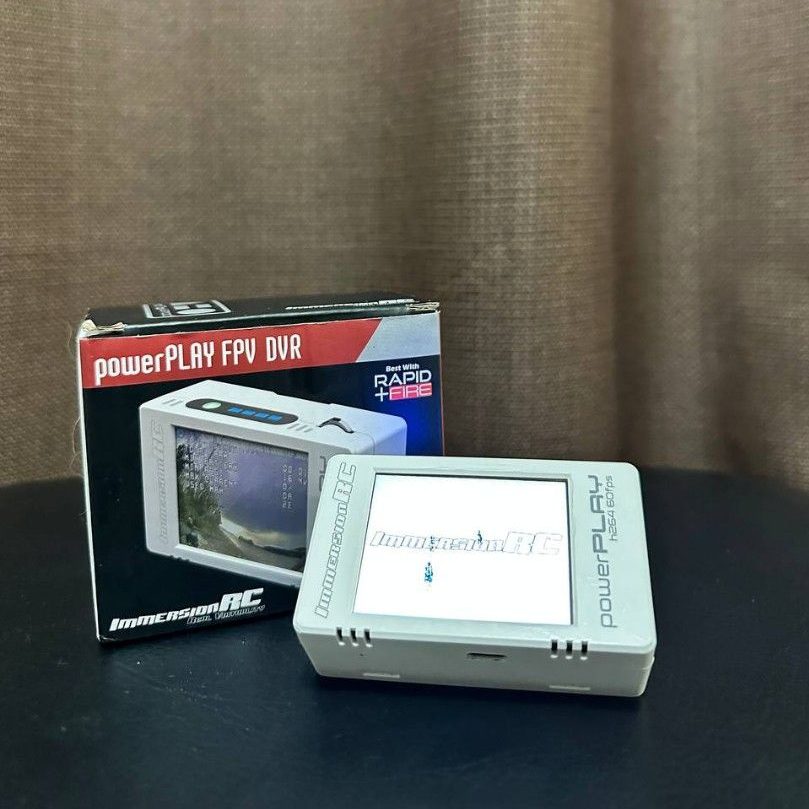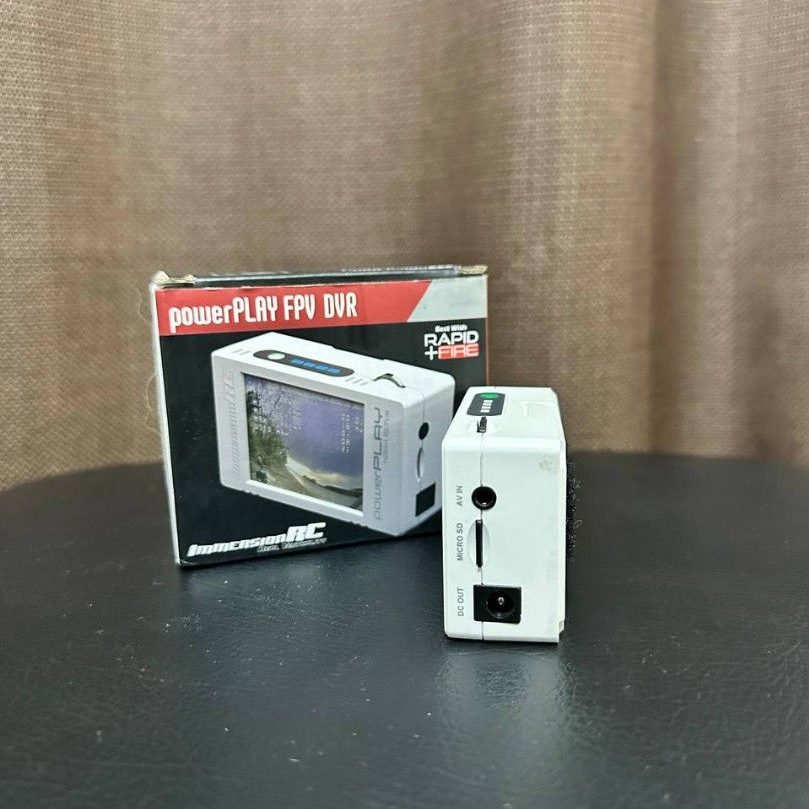In today’s digital age, tapeless camcorders have become essential tools for videographers, filmmakers, and hobbyists alike. These camcorders offer the convenience of recording directly onto digital storage media, such as SD cards or internal memory, eliminating the need for tapes. However, with a wide array of options available in the market, choosing the right camcorder tailored to your shooting needs can be overwhelming. This article guides you through the critical factors to consider, helping you make an informed decision that aligns with your filming aspirations.
Understanding Your Shooting Needs
Define Your Purpose
Before diving into the technical specifications of tapeless camcorders, it’s crucial to clarify your shooting goals. Are you filming weddings, documentaries, travel vlogs, or narrative films? Each genre has different requirements, and identifying your primary focus can significantly influence your choice of equipment. For instance, if you plan to capture fast-moving action, you’ll want a camcorder with superior autofocus and stabilization features. On the other hand, if you’re interested in cinematic storytelling, consider a camcorder that allows for interchangeable lenses and manual settings.
Consider Your Environment
The environment in which you’ll frequently shoot also matters. Will you be indoors, outdoors, or in low-light settings? If you’re often in bright sunlight or varied lighting conditions, a camcorder with a wide dynamic range will help you capture more details without losing highlights or shadows. Additionally, if you are filming in challenging environments, look for robust weather-resistant models that can withstand rain or dust. Assessing your shooting scenarios will help narrow down your options to camcorders that can handle your specific needs effectively.

Assessing Image Quality
Sensor Size and Type
Image quality is paramount when choosing a tapeless camcorder. Start by understanding the sensor size, as this plays a significant role in how much light the camcorder can capture. Larger sensors typically produce better low-light performance and depth of field. Common sensor types include CCD and CMOS, with CMOS sensors often providing superior video quality and dynamic range.
Resolution and Frame Rates
Next, consider the resolution and frame rates offered by the camcorder. Modern camcorders typically support Full HD (1080p) and even 4K recording. If your content will be viewed on high-definition screens, opting for at least 1080p is advisable. If you’re planning to produce cinematic content or want greater flexibility in post-production, a 4K camcorder allows for cropping and stabilization during editing. Additionally, pay attention to frame rates. Higher frame rates, such as 60 fps or even 120 fps, provide smoother motion, making them ideal for action shots and slow-motion effects.
Ergonomics and Usability
Camera Design and Weight
Ergonomics should not be overlooked when choosing a camcorder. Since filming often requires extended periods of use, a camcorder that feels comfortable in your hands can make a significant difference. Look for a model that offers a balanced design, as this will help reduce fatigue over long shoot days. Consider the weight of the camcorder, especially if you plan to use it on trips or during long shoots in field settings. Lightweight models are easier to carry, but ensure they still have the functions you need.
User Interface and Controls
A user-friendly interface is equally important. Check for easy access to essential controls such as zoom, focus, and exposure settings. Touchscreen interfaces can simplify navigation and enhance the shooting experience, but physical buttons are often quicker for making adjustments when the camera is in use. Ideally, find a camcorder that offers a balance between touchscreen functionality and mechanical controls. This flexibility allows you to adapt quickly to changing shooting conditions without fumbling through menus.

Audio Capabilities
Built-in Microphones
Audio quality is just as critical as video quality when it comes to capturing engaging content. Look for a camcorder with high-quality built-in microphones that offer good sound capture. However, built-in mics can often pick up unwanted background noise, particularly in crowded environments. Therefore, it’s wise to consider a model that allows for external microphones if you aim to enhance audio quality further.
Input Options for External Microphones
For professional results, having the option to use external microphones can be invaluable. Check if the camcorder has a 3.5mm audio input, XLR connectors, or other formats that accommodate professional microphones. This flexibility allows you to capture clearer sound and improve overall production value. Whether you’re recording interviews, sound effects, or ambient noise, external microphones can significantly enhance your project’s audio quality.
Storage and Battery Life
Storage Options
Since you are considering a tapeless camcorder, understanding the available storage options is essential. Some camcorders come with built-in memory, while others use removable SD cards. Determine how much storage you’ll need based on the resolution you plan to record in. For high-resolution recordings, opt for camcorders that support high-capacity SD cards and fast write speeds. This will ensure you can record longer videos without interruption.
Battery Longevity
Battery life is another critical factor. Look for a camcorder modeled to last at least a couple of hours on a single charge, especially if you plan on shooting extended content without easy access to power outlets. Many devices offer additional battery packs that can be swapped out during longer shoots, extending your filming time significantly. Always check reviews or manufacturer specifications for real-world performance regarding battery longevity, as advertised figures can sometimes be optimistic.

Connectivity Options
Wireless Connectivity
In today’s connected world, having a camcorder that supports Wi-Fi or Bluetooth connectivity can simplify the process of transferring files. Wireless capabilities allow you to upload footage directly to your editing software, cloud storage, or social media platforms without needing to connect to a computer. Look for camcorders that offer mobile app integration, which can enable remote control functions and streamline your workflow.
HDMI and USB Ports
Physical connectivity options are equally important. Ensure the camcorder has HDMI outputs for direct connection to monitors or streaming devices. This feature is especially crucial if you plan to use the camcorder for live events or presentations. USB ports also play a vital role in transferring files or charging the device, providing flexibility depending on your shooting context.
Budget Considerations
Setting a Realistic Budget
Budget is often the deciding factor in the purchasing process. It’s crucial to set a realistic budget that encompasses not just the cost of the camcorder, but also essential accessories like microphones, tripods, and additional storage. Tapeless camcorders come in a wide range of prices, so knowing your top budget will help narrow your options effectively.
Evaluating Cost vs. Features
While it’s tempting to go for the cheapest option, keep in mind that investing a bit more can yield better features and long-term satisfaction. Analyze the features you truly need versus what’s available at various price points. Sometimes paying slightly more up front can save you from having to upgrade sooner, making it a more economical choice in the long run. Prioritize quality and features that align with your shooting needs to maximize your investment.

Conclusion
Choosing the right tapeless camcorder involves a thoughtful evaluation of your specific shooting needs, technical preferences, and budget. By understanding what matters most in image quality, ergonomics, audio capabilities, and storage, you can navigate the myriad options available today. As technology continues to evolve, investing in a camcorder that suits your current requirements will allow you to grow creatively without being hindered by your equipment.
Take the time to do thorough research and, if possible, test out various models in-store. With the right tools at your disposal, you will capture stunning visuals and compelling stories that resonate with your audience. Whether you’re a budding filmmaker or a hobbyist, the perfect tapeless camcorder is out there, waiting to elevate your creative projects.